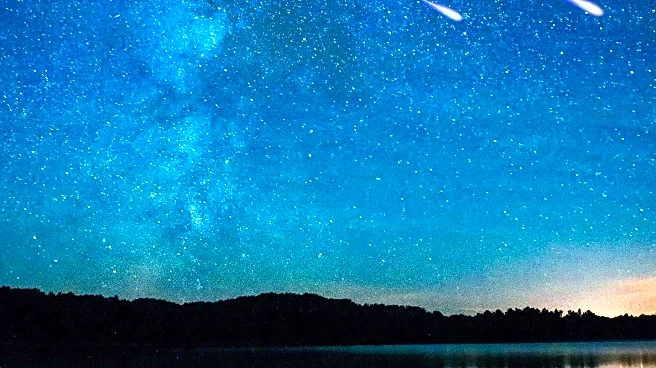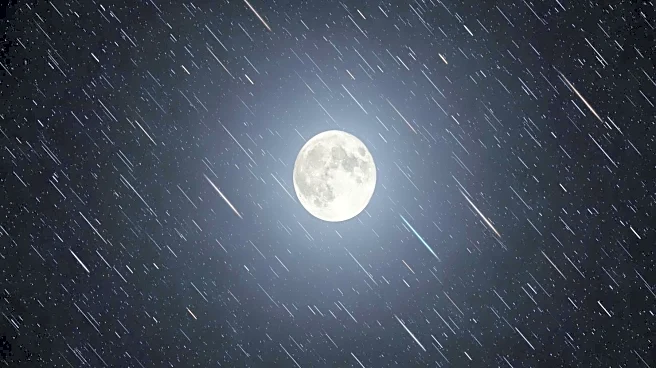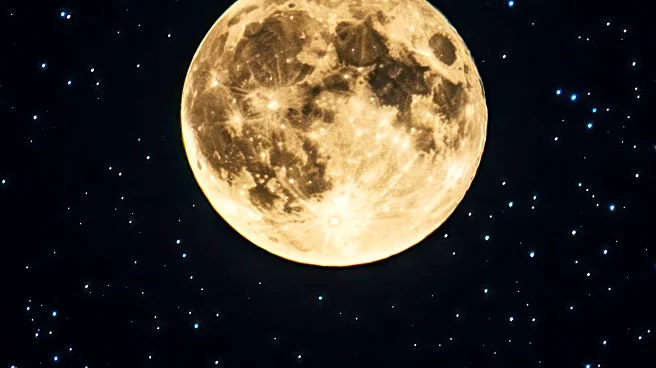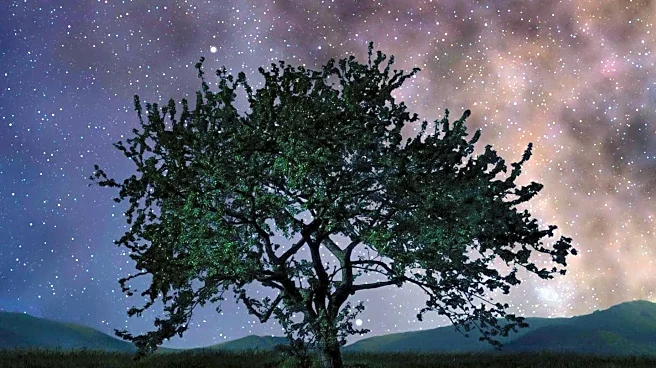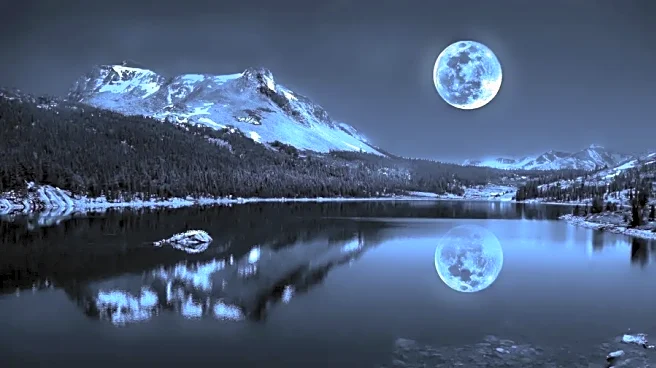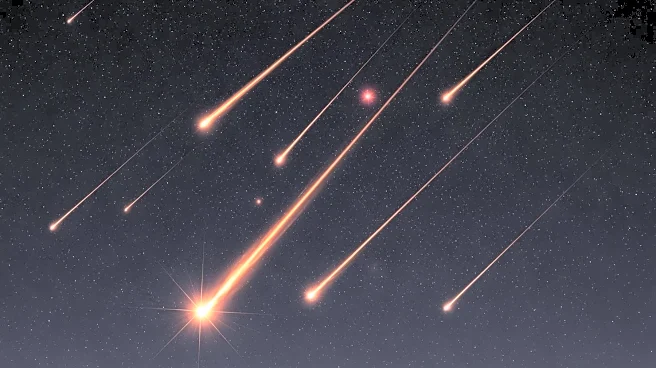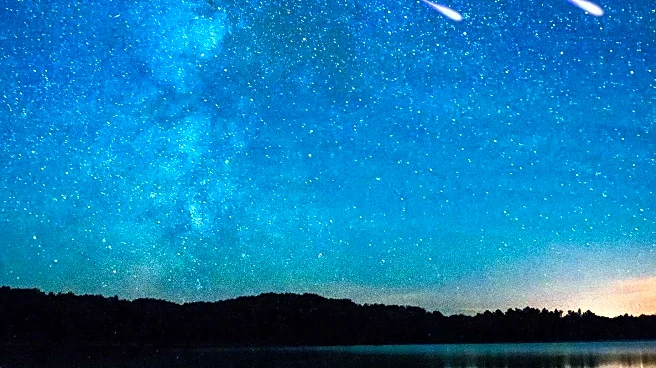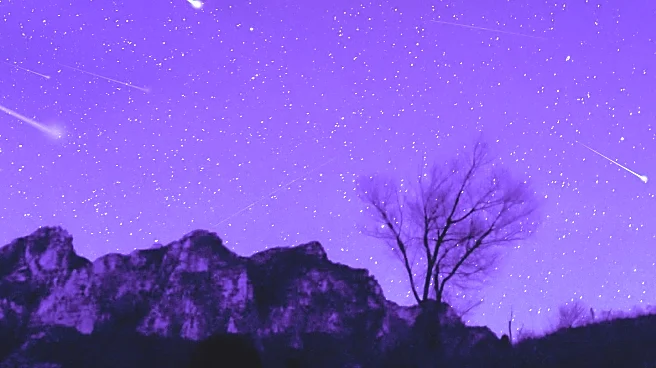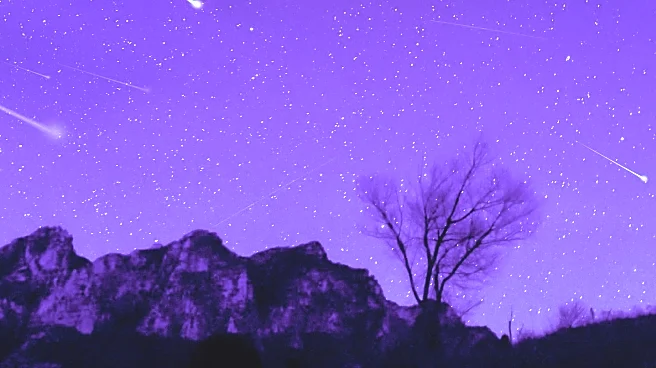What's Happening?
The November 2025 full moon, known as the beaver supermoon, is set to be the lowest, largest, and brightest supermoon of the year. It will rise in the constellation Taurus on November 5, coinciding with the peak of the southern Taurids meteor shower.
This supermoon will be the second of three consecutive supermoons in 2025, orbiting closer to Earth than any other full moon this year, at a distance of 221,817 miles. The beaver moon is traditionally named for the time when beavers build their dams in preparation for winter. The supermoon will also mark the start of the popular Leonid meteor shower, which will peak on November 18.
Why It's Important?
The beaver supermoon and accompanying meteor showers offer a unique opportunity for skywatchers and astronomy enthusiasts to observe celestial events. Supermoons appear larger and brighter due to their proximity to Earth, enhancing the visual spectacle. The meteor showers, particularly the Taurids and Leonids, provide a chance to witness shooting stars and fireballs, enriching the experience. These events can boost interest in astronomy and science education, potentially inspiring future generations of scientists and researchers. Additionally, such celestial phenomena can attract tourism and local economic activity as people gather in optimal viewing locations.
What's Next?
Following the beaver supermoon, the northern Taurids meteor shower will peak on November 11-12, offering another opportunity to observe meteors. The Leonid meteor shower will continue through November 30, with its peak on November 18. The next supermoon will occur in December 2025, known as the cold supermoon, on December 4. These events will continue to draw interest from both amateur and professional astronomers, as well as the general public, who may seek out dark sky locations for optimal viewing.
Beyond the Headlines
The cultural significance of the beaver moon, rooted in Native American and early colonial traditions, highlights the historical connection between human societies and natural cycles. This connection underscores the importance of preserving dark skies and reducing light pollution to maintain the visibility of such celestial events. The supermoon and meteor showers also serve as reminders of the broader universe and our place within it, fostering a sense of wonder and curiosity about the cosmos.
